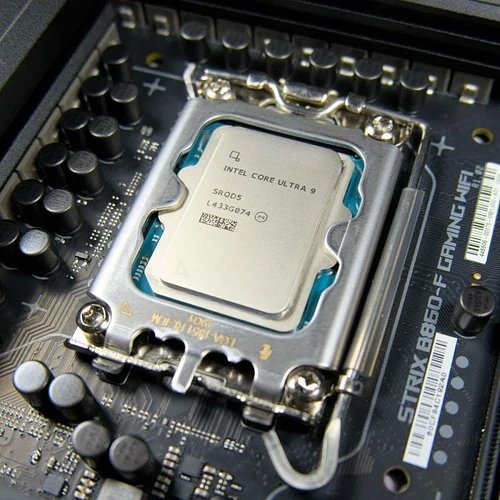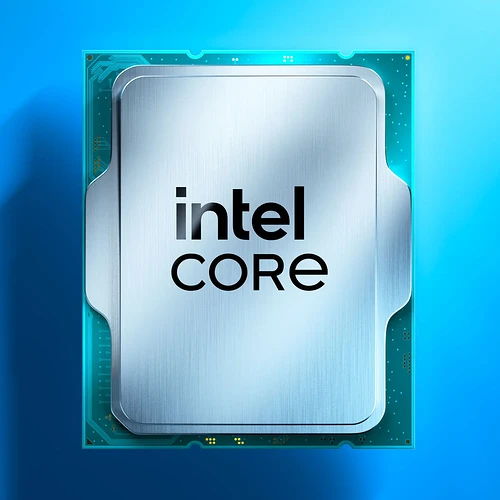Rumour says Intel’s next CPU socket set to serve four generations
LGA1954 may bring the changes Intel needs to entice DIY desktop customers back into the fold.
Intel may soon change its old habits by at last providing a long-lasting platform to its customers. According to leaker Moore’s Law Is Dead (MILD) on YouTube, Team Blue could take a leaf from AMD’s playbook by releasing four CPU generations on the same LGA1954 socket. This platform longevity boost is also said to cover mobile solutions, meaning that laptop makers will need less effort to bring new chips to the market, potentially reducing prices.
The leaker’s sources indicate that the upcoming LGA1954 will support Nova Lake, Razer Lake, Titan Lake, and Hammer Lake architectures, marking a huge shift from the current two generations per socket cadence. This change will be more striking for those owning an LGA1851 platform, where Intel only released a single CPU generation. Boo hoo.
As a reminder, the LGA1851 socket was set to receive Meteor Lake, Arrow Lake, Arrow Lake Refresh, and perhaps even Panther Lake chips, but ended up getting only Arrow Lake in the form of the Core Ultra 200 CPU series. Though Arrow Lake Refresh is still rumoured, it’s not a true generational jump as it is unlikely to offer meaningful performance uplifts to Core Ultra 200 users. The previous LGA1700 was kind of okay, actually, by supporting 12th Gen (Alder Lake), 13th Gen (Raptor Lake), and 14th Gen (Raptor Lake Refresh), but far from AMD’s AM4 and AM5, which are planned for three true CPU generations, i.e. no refreshes.
If this rumour is correct, then Intel may finally beat AMD at its own game, possibly bringing back users who had had enough of swapping both the motherboard and CPU each time. Furthermore, according to MLID sources, Intel seems serious this time around, giving us hope to see this vision turn into reality.
We can safely say that when it comes to the DIY consumer market, Intel needs to up its game in the face of the recent AMD onslaught. So, in order to claim back its previous status as the leading brand, it needs a game-changing approach like this. Needless to say that these chips also have to be competitive both in price and performance. But, with up to 52 cores rumoured on the flagship Nova Lake CPUs, we are intrigued by future performance.
Better still, this should also have a positive impact for AMD users as Team Red will need to react to this reborn competition, possibly forcing an unexpected extension of the AM5 platform support. If not with AM5, AM6 will surely need to be equal or better, otherwise some will flock back to Intel. A win-win situation for all desktop users that we are eager to see.
Source: Rumour says Intel's next CPU socket set to serve four generations | Club386



